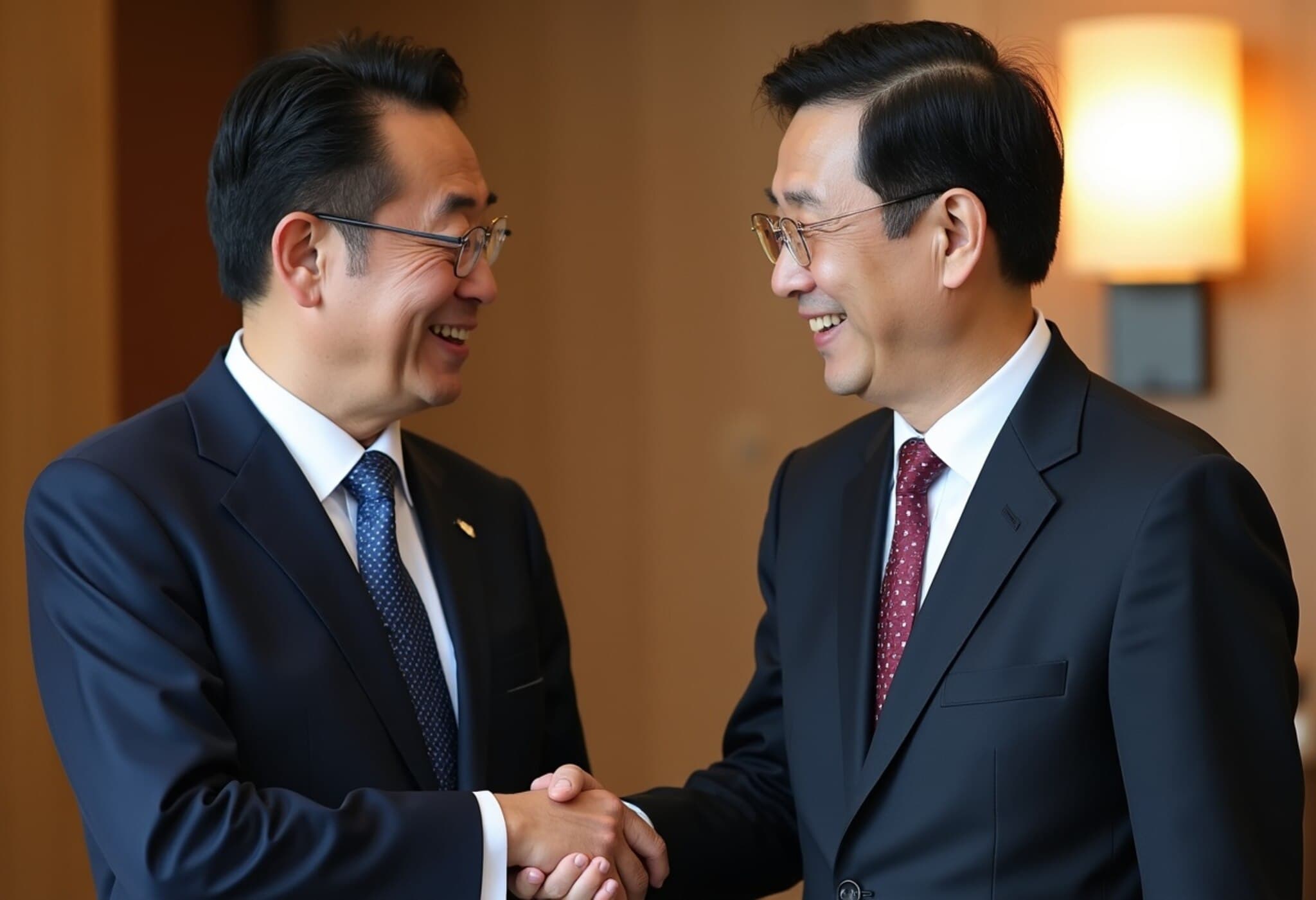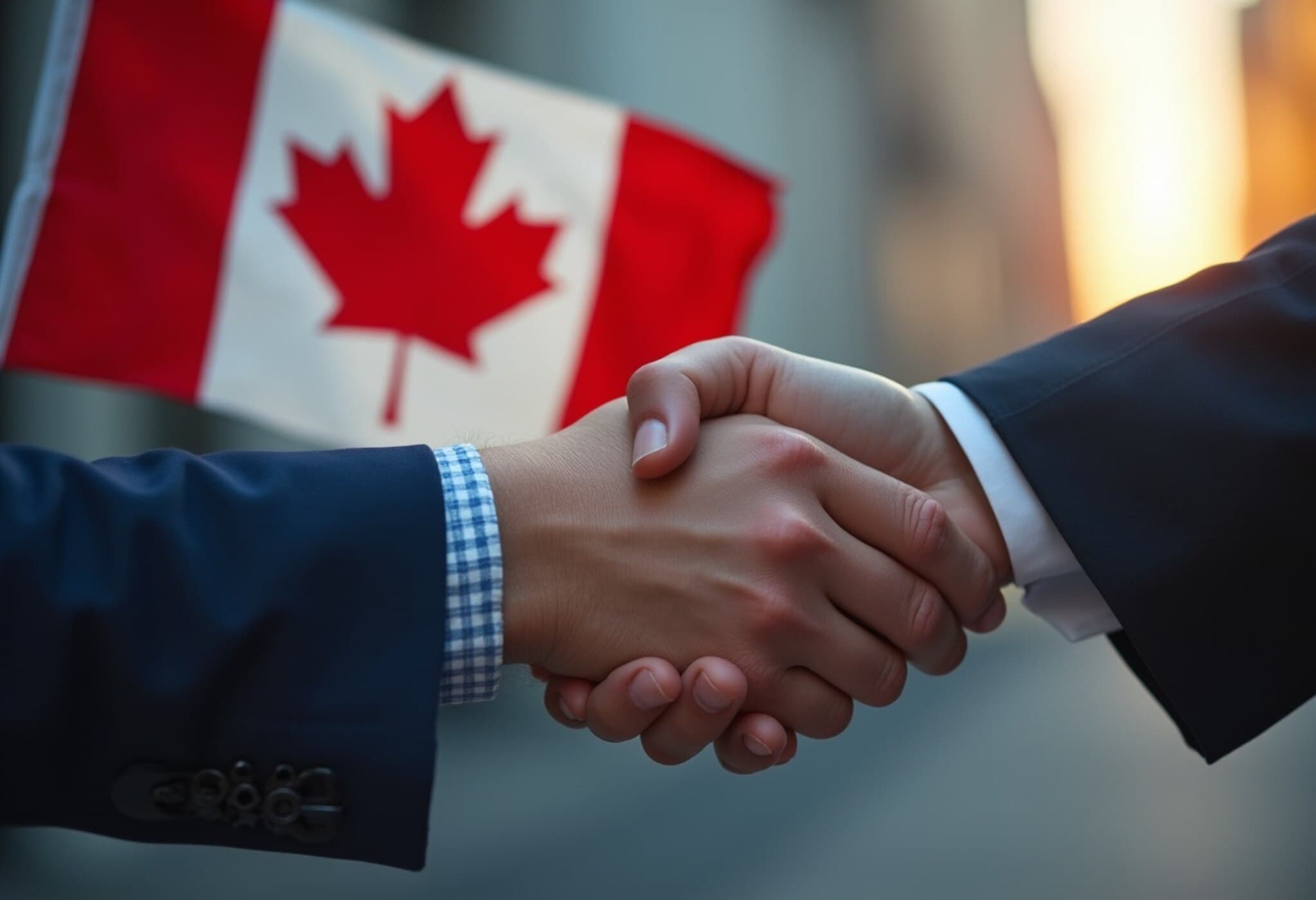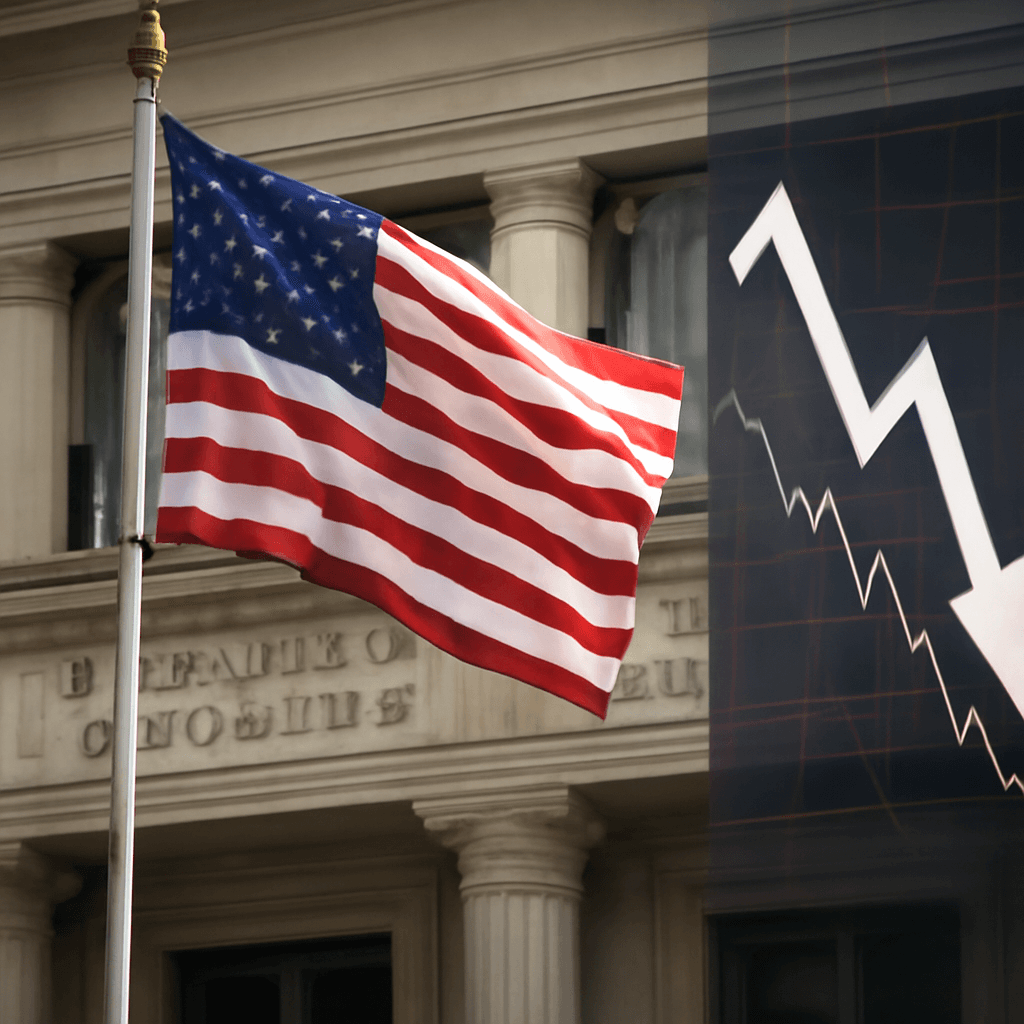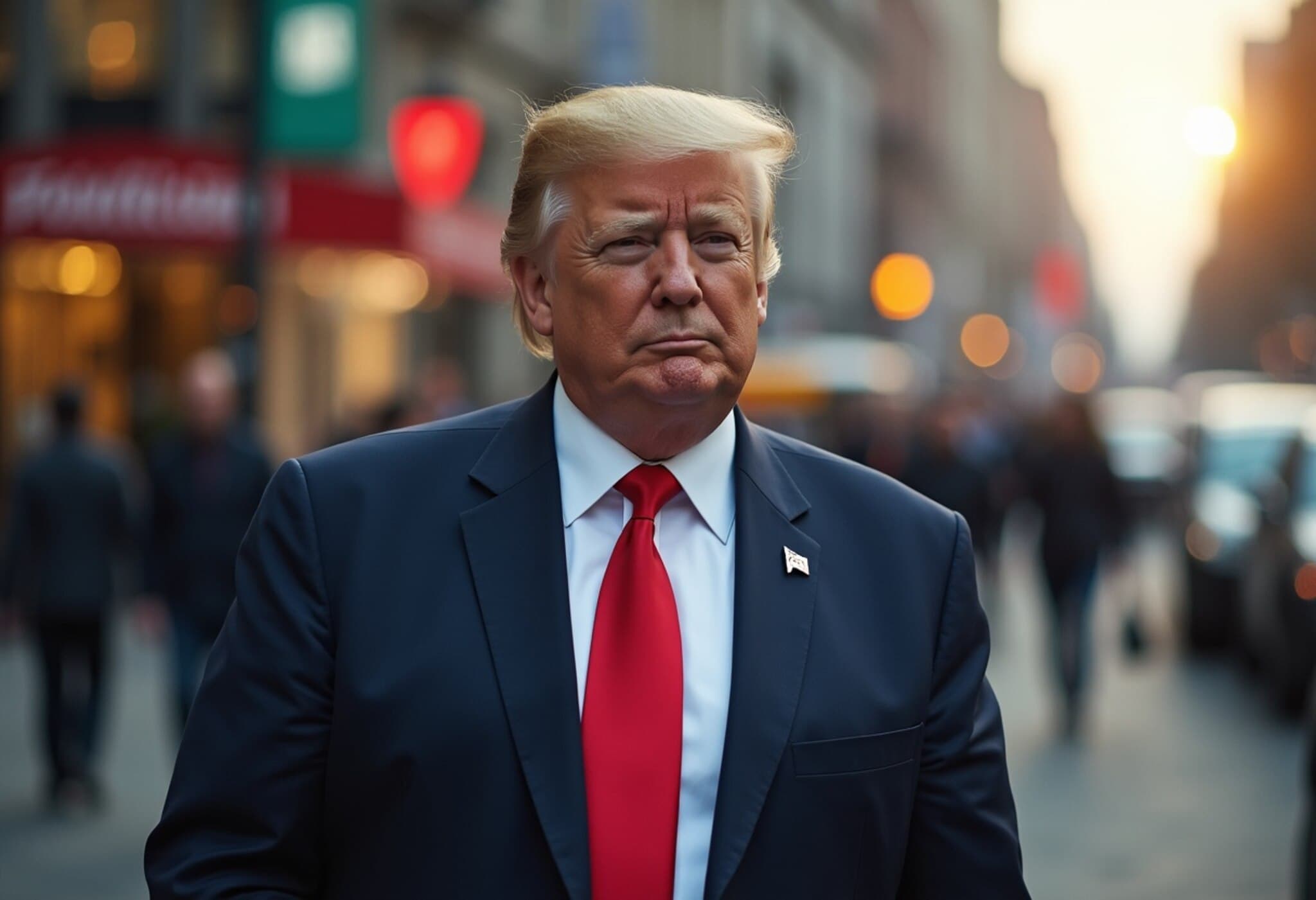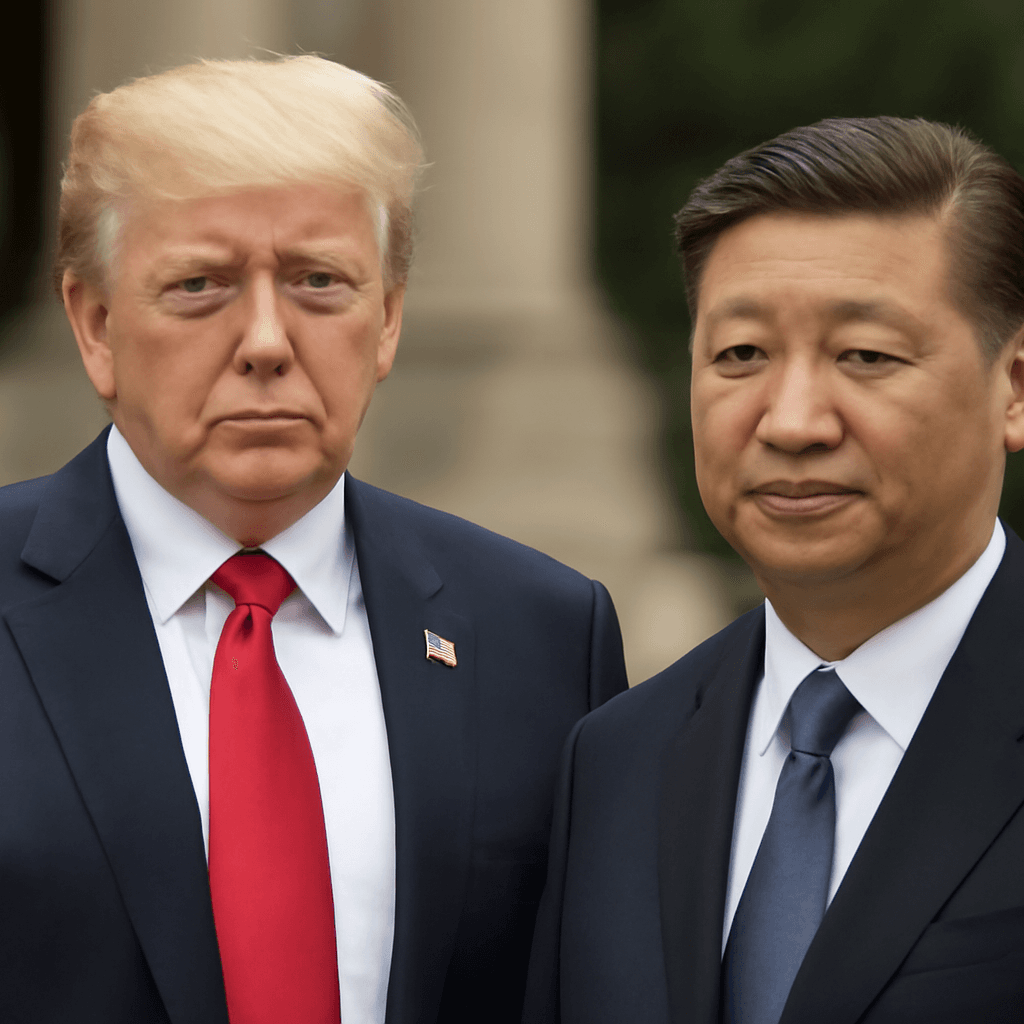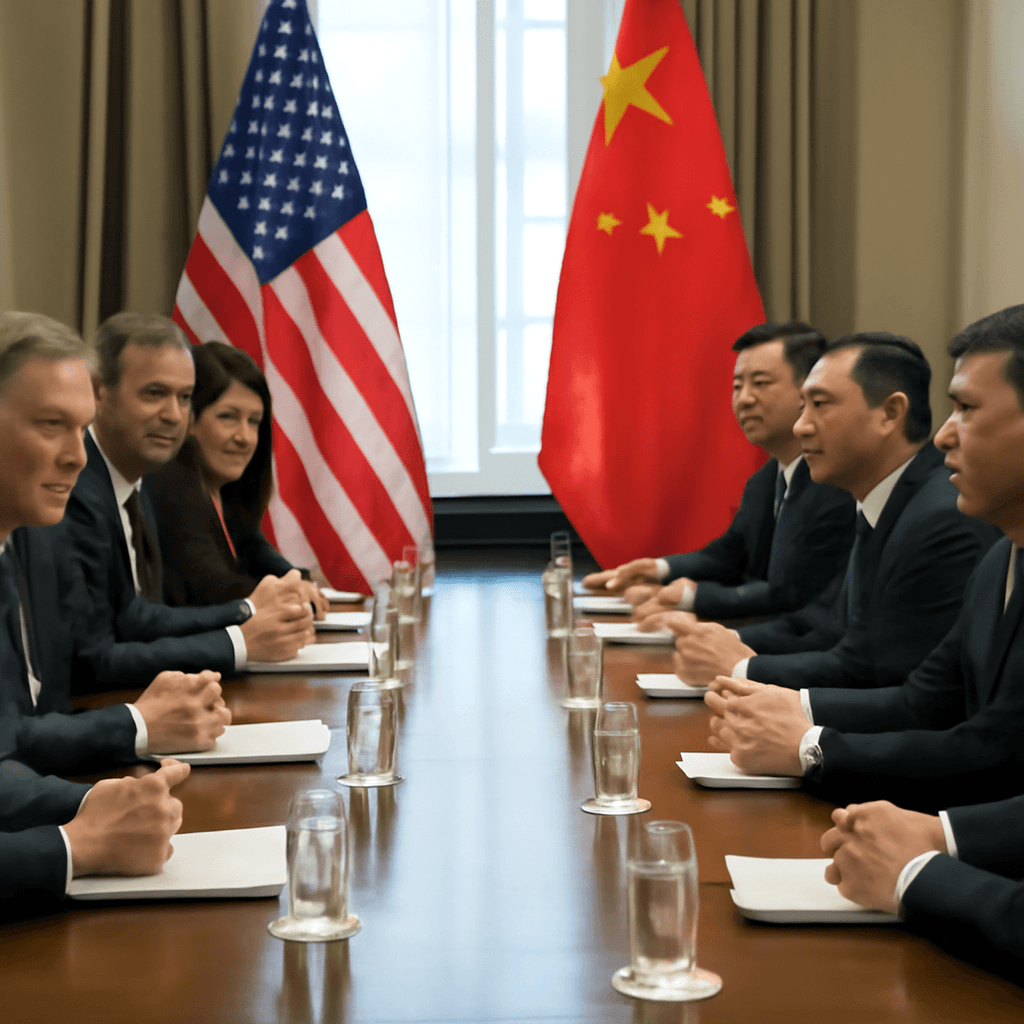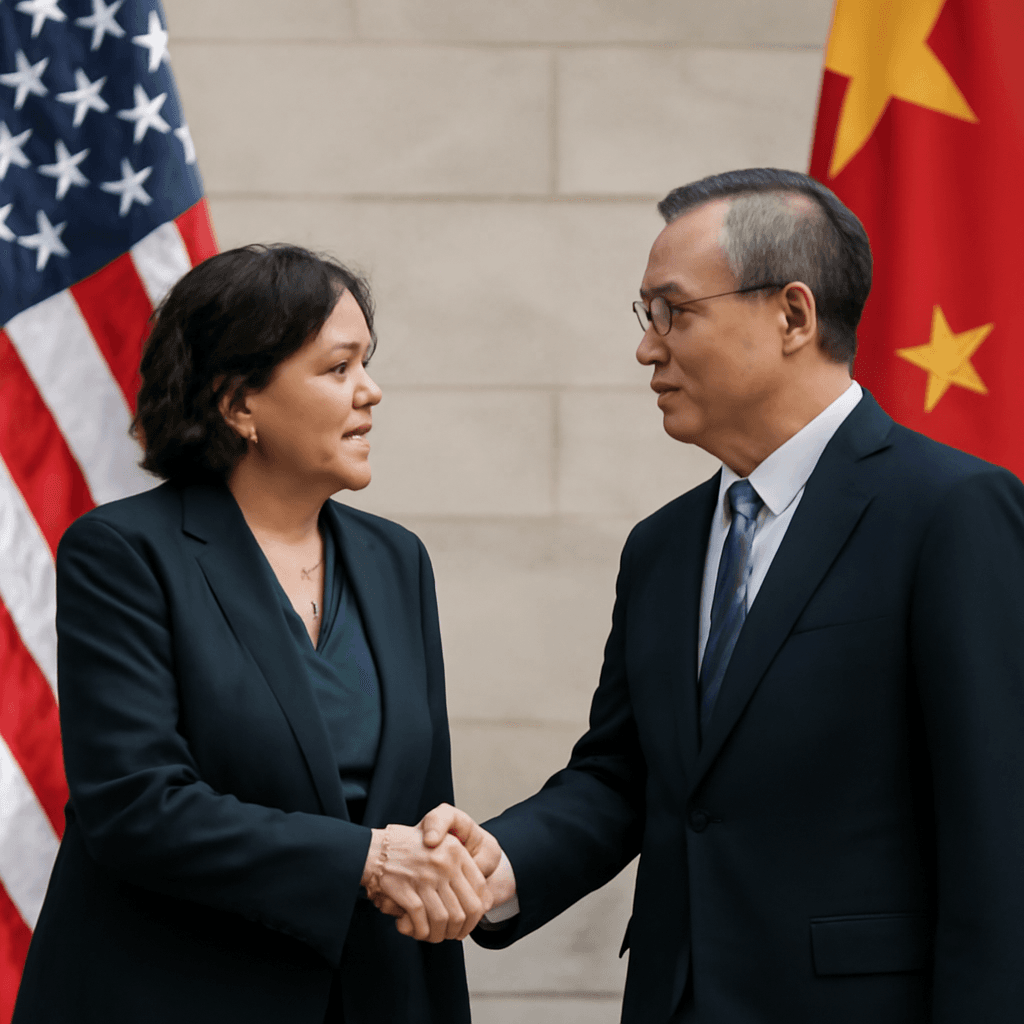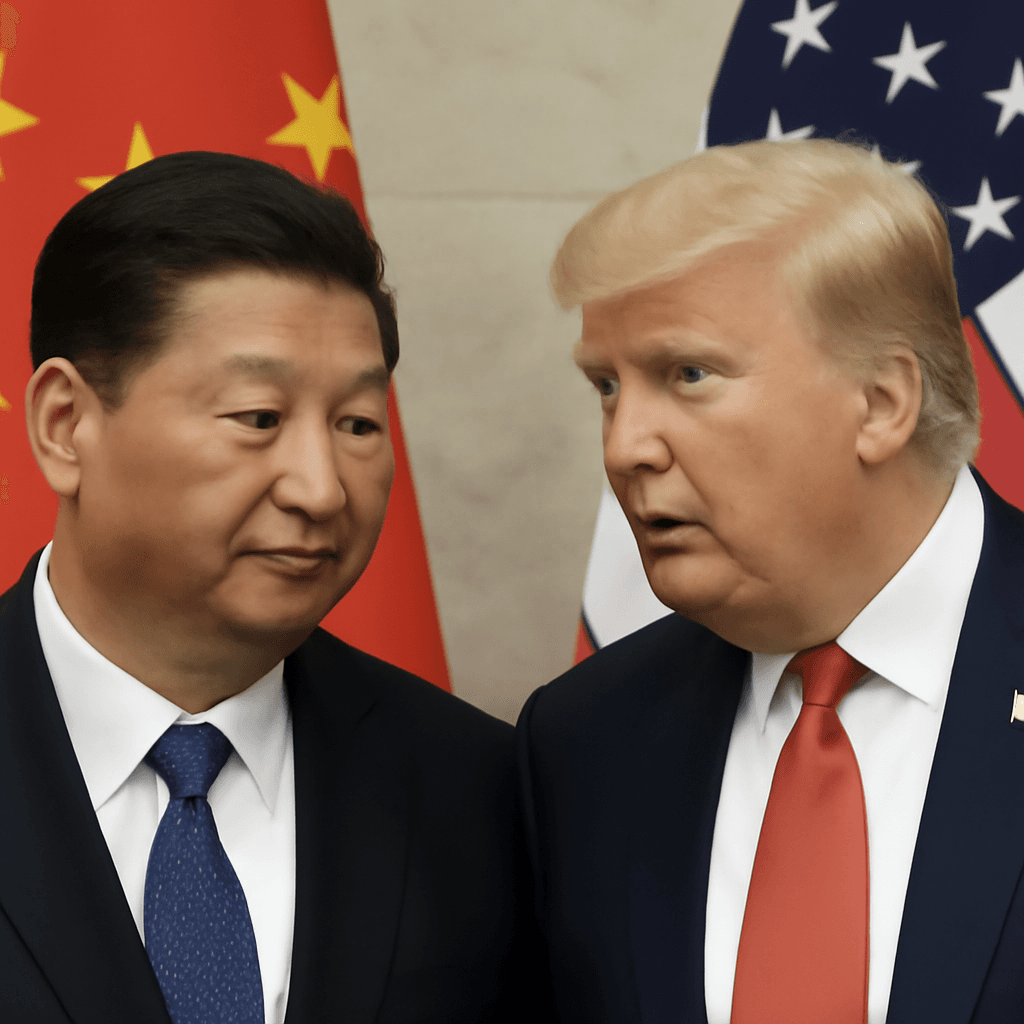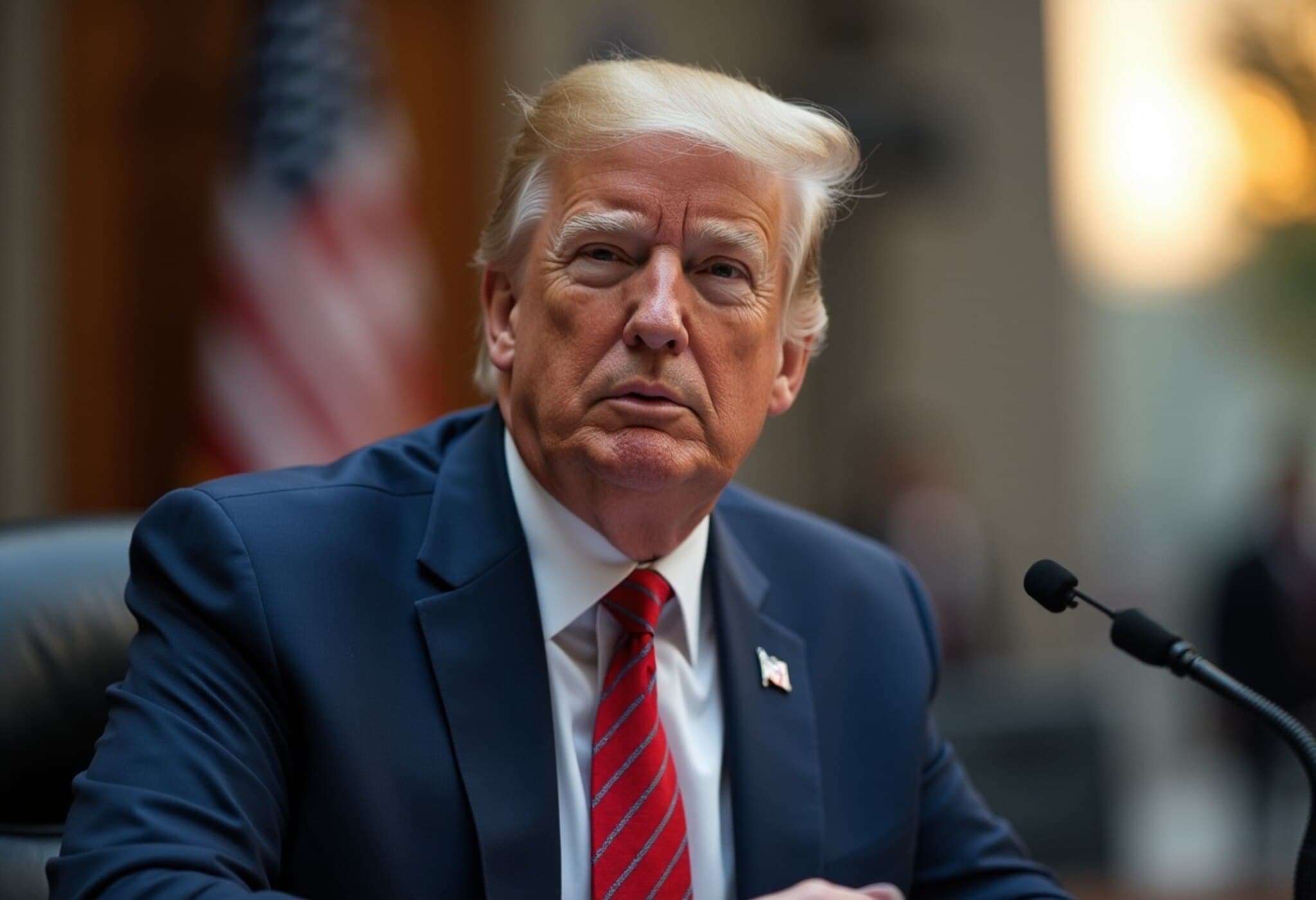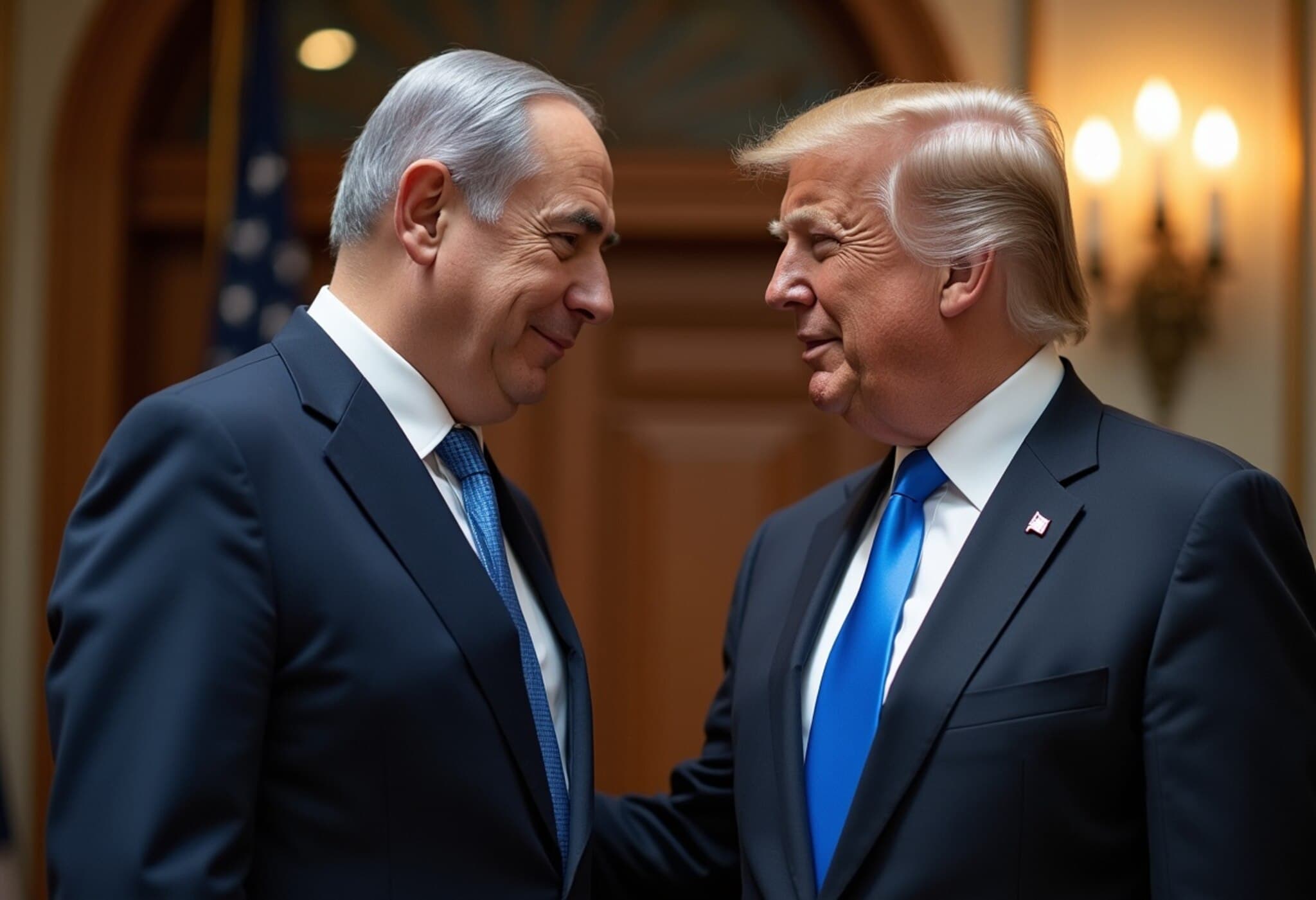India-US Trade Negotiations Stall Over Tariff Disputes
Trade negotiations between India and the United States have encountered a significant hurdle over disagreements on import duties involving auto components, steel, and agricultural products. This impasse has cast doubt on the possibility of concluding a deal before the looming July 9, 2025 deadline, when the US plans to impose reciprocal tariffs under President Donald Trump’s administration.
From Optimism to Deadlock
Earlier discussions hinted at progress, with optimistic claims that India might accept a “no tariffs” agreement. Negotiators had suggested India could emerge as one of the first nations to secure a favorable arrangement under the US's revised tariff framework. However, these hopes have dimmed amid contrasting demands.
Indian officials indicated that India seeks the rollback of a proposed 26% reciprocal tariff set to be enforced on July 9, alongside relief from existing US tariffs on steel and auto parts. Conversely, US negotiators are pressing India for deeper tariff reductions on farm commodities such as soybeans and corn, automobiles, and alcoholic beverages.
Key Points of Contention
- The US demands broader tariff cuts from India, particularly on agricultural goods, vehicles, and alcohol.
- India has proposed easing tariffs on select nuts like almonds, pistachios, and walnuts, and expressed willingness to extend preferential treatment for US imports in sectors like energy, automobiles, and defense.
- Disagreements also revolve around addressing non-tariff barriers, adding complexity to the talks.
Despite multiple rounds of negotiations, sources with knowledge of the discussions confirm minimal progress, underscoring a clear impasse.
Looking Ahead: Possible Paths Forward
An Indian delegation is expected to visit Washington before the deadline. However, rather than rushing an interim accord, talks may pivot toward a broader, more comprehensive agreement.
Officials stress that while India remains eager to strengthen trade ties with the US, it is not desperate to finalize a deal by the July 9 cutoff. Both sides may still find room for a last-minute breakthrough, especially if Prime Minister Narendra Modi and President Trump choose to directly intervene.
India’s Strategic Trade Position
India continues to position itself as a crucial partner for the US, aiming to attract American investments and diversify supply chains increasingly wary of Chinese dominance. Significantly, Modi and Trump earlier agreed to conclude an initial phase of a bilateral trade agreement by autumn 2025, targeting an ambitious expansion of trade to $500 billion by 2030, up from approximately $191 billion in 2024.
Alongside US talks, India is advancing free trade agreements with the European Union and recently concluded negotiations with the United Kingdom, signaling a strategic hedging against unpredictable US policy shifts.
Economic Resilience Amidst Challenges
Experts suggest that even if negotiations falter, India can absorb reciprocal tariffs thanks to its tariff advantages over regional competitors such as Vietnam and China. India’s exports to the US have demonstrated resilience, rising from $14.17 billion in April-May last year to $17.25 billion in the same period this year, despite the US implementing average tariff hikes of 10% in early April.
Conclusion
While the current stalemate clouds the near-term prospects of a trade deal, both countries appear committed to nurturing a long-term economic partnership. The trajectory of these negotiations will depend heavily on high-level diplomatic engagement and a mutual willingness to find middle ground.



